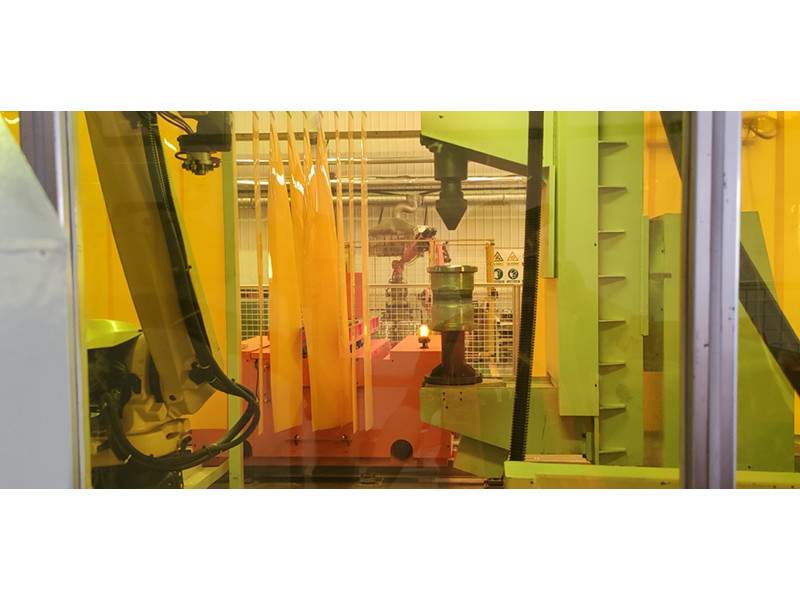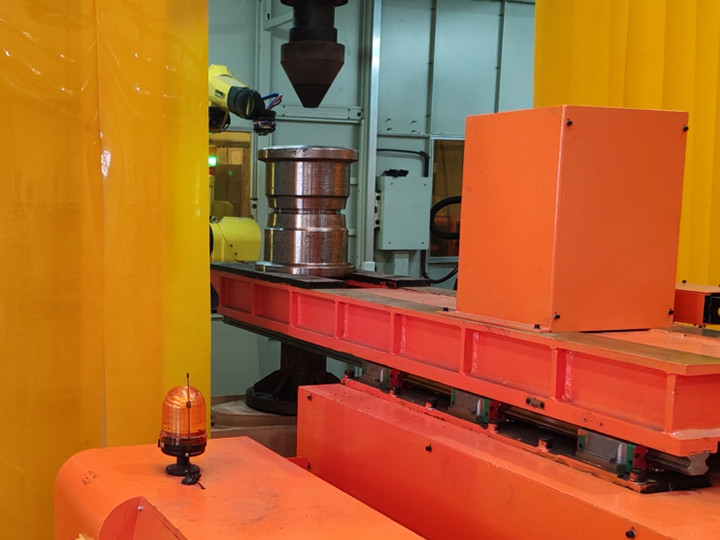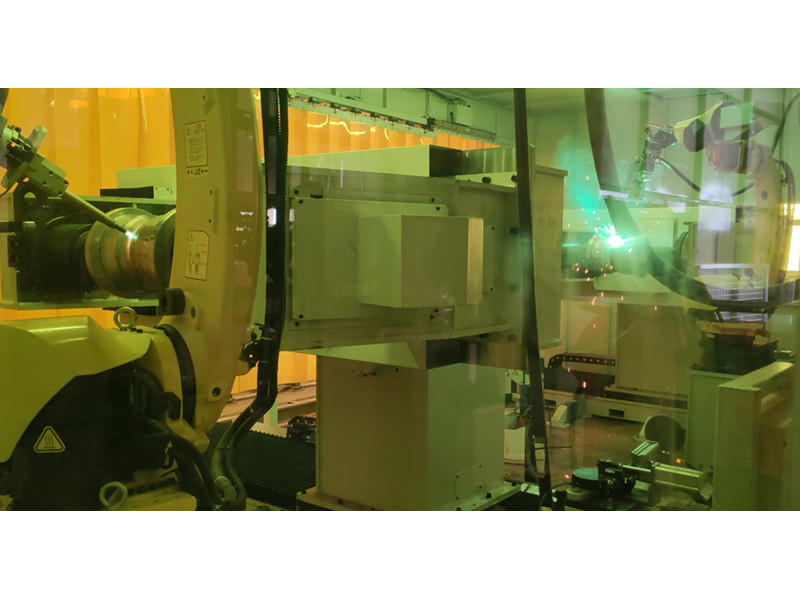Fiber-optic Transmission Laser Welding Technology: Analysis of Principles, Core Advantages, and Industry Applications
Fiber-optic transmission laser welding technology, with its unique principles and significant advantages, has become one of the core processes in the field of modern industrial manufacturing. This technology couples a high-energy laser beam into the interior of an optical fiber, utilizes the waveguide characteristics of the fiber to achieve precise transmission of laser energy, and then completes long-distance and high-efficiency welding operations. The following provides a comprehensive analysis from three aspects: technical principles, core advantages, and industry applications.
I. Technical Principles and Workflows
The core principle of fiber-optic transmission laser welding equipment is based on the synergistic effect between the laser and the fiber medium. After the high-energy beam generated by the laser is coupled into the flexible optical fiber through the optical system, it is stably transmitted inside the fiber through the principle of total internal reflection and is finally accurately projected onto the welding area by the focusing lens. This process minimizes energy loss (thanks to the low-loss characteristics of the fiber material). Meanwhile, the spot size and output power can be adjusted in real time through the digital control system to ensure high controllability of the welding quality.
II. Core Advantages and Technological Innovations
1. High Precision and Energy Consistency
Fiber-optic transmission technology can effectively reduce laser scattering and external interference, enabling the welding positioning accuracy to reach the micrometer level. Combined with a closed-loop feedback system, welding parameters can be dynamically corrected to ensure processing consistency for complex curved surfaces or micro-components.
2. Exceptional Flexibility
Compared with traditional welding equipment, the fiber-optic transmission system does not require the cooperation of complex robotic arms. It only needs to adjust the fiber path to cover welding requirements at different angles, which is particularly suitable for the processing scenarios of three-dimensional curved surfaces of automobile bodies or internal components of aero-engines.
3. Minimal Thermal Influence and Material Protection
The instantaneous high-temperature area of
laser welding is limited to the micrometer range, and the heat-affected zone is reduced by more than 70% compared with traditional arc welding, significantly reducing the risk of workpiece deformation. It is suitable for the processing of precision medical devices or semiconductor components.
4. Industrial-grade Efficiency and Environmental Friendliness
The single-pulse welding time can be shortened to the millisecond level. Combined with an automated feeding system, the production efficiency can be increased by 3 - 5 times. No chemical additives or welding slag are generated during the whole process, meeting the requirements of the ISO 14001 Environmental Management System standard.
III. Application Scenarios in Multiple Industries
1. Automobile Industry
It is used in the packaging of power battery packs and the welding of lightweight aluminum alloys for automobile bodies. The strength of the welding points reaches more than 90% of that of the base metal, contributing to the improvement of the safety and endurance of new energy vehicles.
2. Aerospace
In the welding of key components such as titanium alloy engine blades and carbon fiber composite material fuselages, it achieves both strength and airtightness standards, supporting the lightweight design of aerospace devices.
3. Precision Electronics Manufacturing
It is applied to the packaging and welding of components such as 5G RF modules and micro-sensors. Through the micro-focus mode, the processing of welding points below 50μm can be achieved, ensuring the stability of high-frequency signal transmission.
4. Medical Equipment Field
In response to the biocompatibility requirements of surgical robot joints and implantable medical devices, an inert gas protection process is used to ensure that the welding surface is non-oxidized and meets the GMP clean standard.
IV. Technological Development Prospects
With the upgrading of intelligent manufacturing, fiber-optic transmission laser welding technology is developing towards multi-dimensional innovation:
- Intelligent Integration: Combined with an AI visual inspection system, real-time judgment of weld quality and self-optimization of process parameters can be achieved.
- Power Expansion: Develop high-power fiber lasers with wattages up to ten thousand watts to break through the technical bottlenecks of thick-plate welding.
- Composite Processes: Explore laser-arc hybrid welding solutions to combine high efficiency and deep penetration ability.
This technology has completed more than 30% of process substitution in the global high-end manufacturing field. In the future, it will be deeply integrated into strategic industries such as new energy and semiconductors, becoming an important technological support for the Industry 4.0 system.


